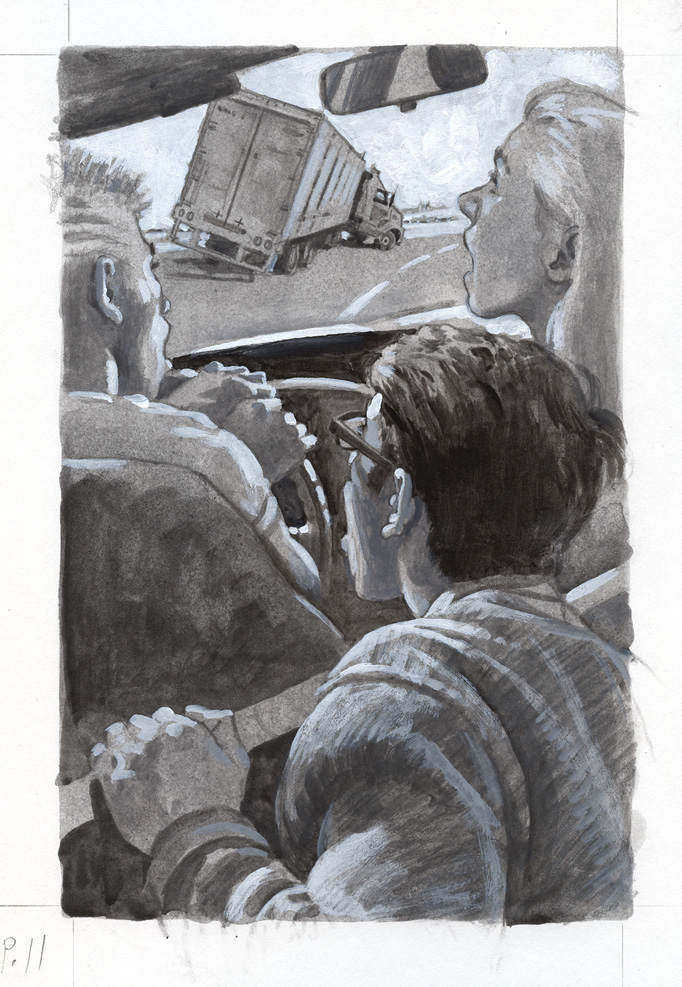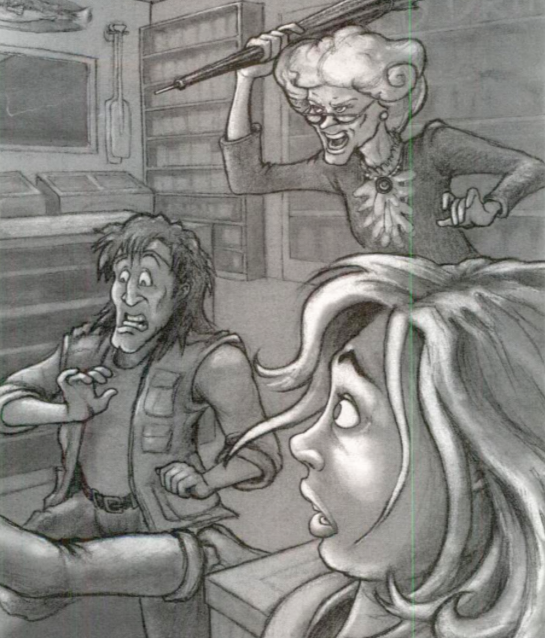CHARACTERIZATION: THE FOUNDATION OF FICTION
Many people think that fiction is plot-based. Actually, fiction is character-based. At the heart of any good fiction is a character who must solve a problem or strive for a goal.
Understanding characters is an important part of navigating a novel or short story. Understanding how you know about characters is an important part of being a metacognitive reader.
According to Steve Peha of Teaching That Makes Sense, the FIVE FACTS OF FICTION are:
- Fiction is all about characters.
- Fiction is all about a character’s goal or problem.
- Fiction is all about how a character does or doesn’t achieve the goal.
- Fiction is all about how a character changes.
- Fiction is all about a world that an author creates.

THREE WAYS WE LEARN ABOUT CHARACTERS WHEN WE READ
1. From what the character him/herself says or does….
“It’s a challenge,” Nitro said through gritted teeth. “I can’t back down.”
2. From what other characters say…
“Nitro, grow up!” screamed Lisa. “This is stupid!”
“That cousin of yours is bad news,” said my father. “And he’s dragging you down to his level.”
3. From what the author or narrator tells us directly…
“Nitro is crazy about street racing. He can drive anything, and drive it fast.”
TEACHING IDEAS AND GRAPHIC ORGANIZERS RELATED TO CHARACTERIZATION
The basic Character chart graphic organizer invites readers to identify four (or more) traits of a character in their reading, then provide direct evidence or examples from the text to prove or support each character trait.
The Four-Square Character Foldable, with sections for character traits and evidence from the text, is a variation on the Character Chart.
This How did the Character Change Graphic Organizer can guide your students in charting a character’s development and the events that influence him or her.
Identifying the role of each character in the plot line helps readers understand the story as a whole. Download the CHARACTER ANALYSIS graphic organizer to guide students in identifying characters as major or minor, protagonists or antagonists, round or flat,
In this CHARACTER INFOGRAPHIC, students identify several traits that describe a story character, an icon or image to represent that trait, and provide quotes from the text to support those traits.
This INFOGRAPHIC was created using the website venngage.com.
Characters in a novel often see the same event from different perspectives. Read more about Character Point of View and download a graphic organizer.
Have students record a character’s FEELINGS, ACTIONS, SPEECH and THOUGHTS, what they tell about the character and how they are important to a story, using this F.A.S.T. GRAPHIC ORGANIZER
Analyze a character’s traits using the Character Report Card Graphic Organizer. Invite students to “grade” a character on a list of traits and provide “comments” with evidence from the text to support the grades they assign.
Help your students understand characters’ relationships to one another using this template for a Character Sociogram from the SHOW OFF Teacher’s Guide.
Your students don’t know what kinds of words to use to describe characters? This Character Cloud is a Wordle with a list of 45 character traits.
Download this Decision Chart from the CURSE OF THE SKULL Teacher’s Guide for your students to use in analyzing the consequences of a character’s choices.
Find more HIP GRAPHIC ORGANIZERS.
Return to the TEACHING RESOURCES page.


